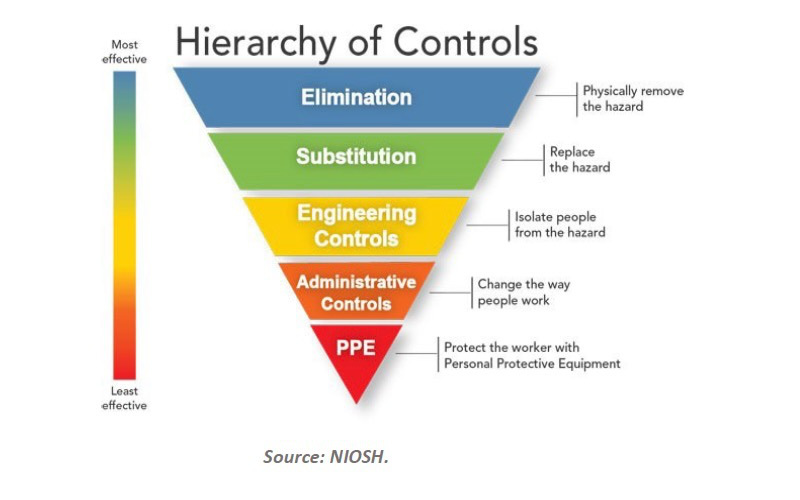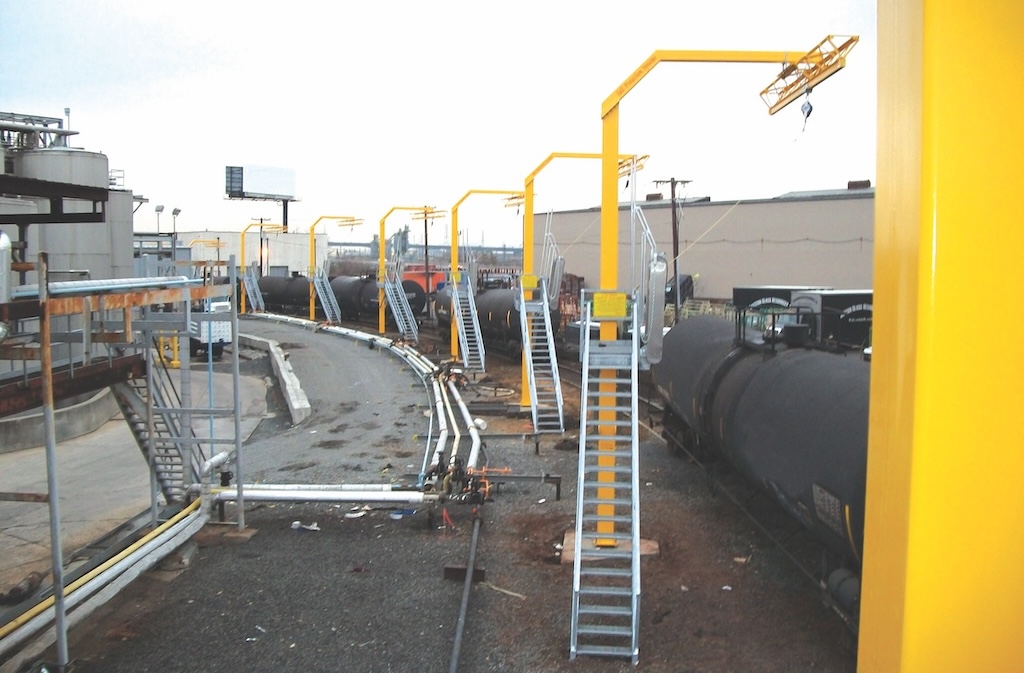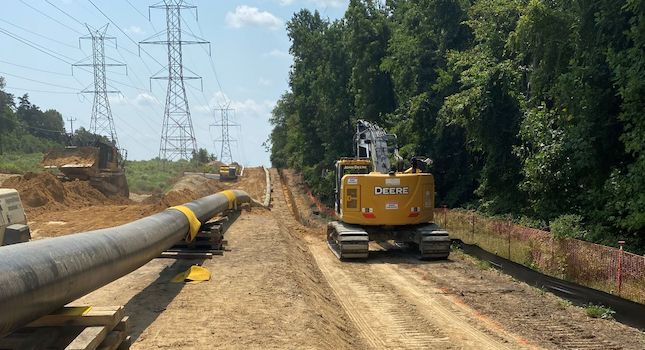A computer network is an integral part of plant communications. Networks linking people and information are critical to the overall success of most organizations. Failure of a network can significantly affect a company's bottom line.
A computer network is an integral part of plant communications. Networks linking people and information are critical to the overall success of most organizations. Failure of a network can significantly affect a company’s bottom line.
In the communications network world, faster is considered better. Future applications, sharing graphical data, and using programs over local area networks (LANs) all require data to be transferred at much higher rates than are offered today. New high-speed technologies are available. Fast Ethernet, Asynchronous Transfer Mode (ATM), 100BASE-T, LAN switching, and hub and router architectures are just some of the technologies designed to increase data rates from current speeds of 10 or 16 Mbps to 100 Mbps or more. For many network managers, a major concern is which fast-network technology to adopt.
Moving from a slow to a high-speed network is not simple. In particular, users must examine the quality of their cabling installations if they want to avoid network failures. A cabling system that flawlessly supports 10 Mbps may not necessarily support 100 Mbps as well. Ten times the speed can bring ten times the problems. Faster data rates can turn insignificant flaws into serious defects.
Moving into high speed
According to information technology analysts, the transition to higher-speed LANs is being propelled by more and more personal computer (PC) users connecting to LANs and using an increasing share of network bandwidth. The continuing development of such networked applications as shared databases, electronic mail, electronic scheduling, discussion forums, Internet access, video conferencing, and CAD also drive the demand for high-speed LAN technologies. The $826+ million LAN market is one of the fastest-growing in the computer industry and is projected to reach $4.5 billion by 2002.
As the high-speed LAN market grows, the cost of the technology is falling. As the cost issue diminishes, the advantages of moving to a high-speed network far outweigh any deterrents. However, one crucial — but often overlooked — component in the move to a fast network is the cabling infrastructure. And even Category 5 cabling may not be up to the stress of a high-speed network if it has not been installed properly.
On a slow-speed network, cross talk and near-end crosstalk (NEXT) problems caused by signal coupling within an untwisted-pair (UTP) cabling link may not cause any significant problems. At higher frequencies, however, crosstalk increases to the point of being destructive to data. Measurement of crosstalk and NEXT is a critical performance factor for UTP links in high-speed networks.
Adhering to cabling standards
Computer system cabling is an expensive, long-term investment. The installation should be designed to be of the highest quality, meet the most stringent standards, and accommodate future technology developments. Users should become familiar with Telecommunications Industry Association (TIA) standard TSB-67, “Transmission Performance Specification for Field Testing of Unshielded Twisted-Pair Cabling Systems,” which specifically addresses the testing issues for an installed cabling system that can meet future transmission requirements.
The standard also addresses requirements for instruments used to test installed cabling systems. It specifies the measurement requirements for cable testers and emphasizes the need to use testers with accurate testing capabilities. The highest level of measurement accuracy, Level II, is the more stringent. Users who need to ensure their cabling installations are able to support high-speed networks should insist the systems be certified by a Level II cable tester. Users should take into account that TSB-67 was not adopted until 1995 and that many devices in use today were designed before the standard existed.
The standard also defines two types of link configurations: basic and channel. The basic link is the horizontal wiring from the cross-connect to the wall outlet in the work area. The channel link is the complete cabling link (including equipment patch cords) from wiring concentrator or hub to the work station or network device.
Most cabling testers check only the Basic Link for Accuracy Level II. Failure to test the complete cabling installation (both basic and channel links), coupled with the use of a test device that may not comply with current accuracy standards, may lead to a certified cabling installation that fails under high-speed transmission.
Moving to a high-speed network can dramatically increase throughput. But making the transition involves more than adopting a high-speed technology. All elements, especially the cabling installation, must meet current specifications to ensure the system will function as well at the high speed as it did at the lower one. The user must take steps to guarantee that his system fully complies with all current test standards.
— Edited by Jeanine Katzel, Senior Editor, 847-390-2701, [email protected]
More info
Category 5 cabling is considered the most reliable and flexible for future network technologies. It can support Fast Ethernet data rates of 100 Mbs and will support data rates of future transmission standards such as ATM 155. A copy of an overview brochure on Cat 5 standards is available by writing to Fluke Corp., P.O. Box 9090, Everett, WA 98206-9090.
A copy of Telecommunications Industry Association (TIA) standard TSB-67, “Transmission Performance Specification for Field Testing of Unshielded Twisted-Pair Cabling Systems,” can be purchased from Global Engineering Documents, 800-854-7179. A free catalog of standards is also available. More information on the TIA can be found on its website at www.tiaonline.org.
The author is available to answer questions about this article. He may be reached at 425-347-6100. The company website is located at www.fluke.com
.
Key concepts
Communications network failures can significantly affect the operation and performance of an industrial plant.
The move from a slow to a high-speed network must be made with care because faster data rates can turn insignificant flaws into serious defects.
Computer system cabling should be of the highest quality, meet the most stringent standards, and accommodate future technology developments.
Selecting a network cable tester
Whenever a change is made in a high-speed computer data network, the entire system should be rechecked and recertified. The following capabilities are critical in an instrument to certify, maintain, or troubleshoot a cabling system.
– Use a test device with Accuracy Level II performance for both the channel and basic link. Only a tester with this capability can ensure the link fully meets the required transmission performance.
– If Fast Ethernet is involved, use a device with the diagnostic ability to find active ports, measure utilization and collisions, and detect jabbering workstations. Being able to determine what is connected to a port and which ports are unused saves hours of troubleshooting time.
– Select a device with autodiagnostics. Pinpointing the location of a cabling failure avoids having to trace connections and perform individual tests along a link to isolate the problem.
– Use a high-speed digital tester. It operates two to three times as fast as an analog device and saves considerable amounts of time. An average installation can have up to 1000 links to check.
– Use an instrument that has the ability to download test results to a PC. If the tester must be connected to a printer, it could be tied up for hours instead of being used on other jobs.



